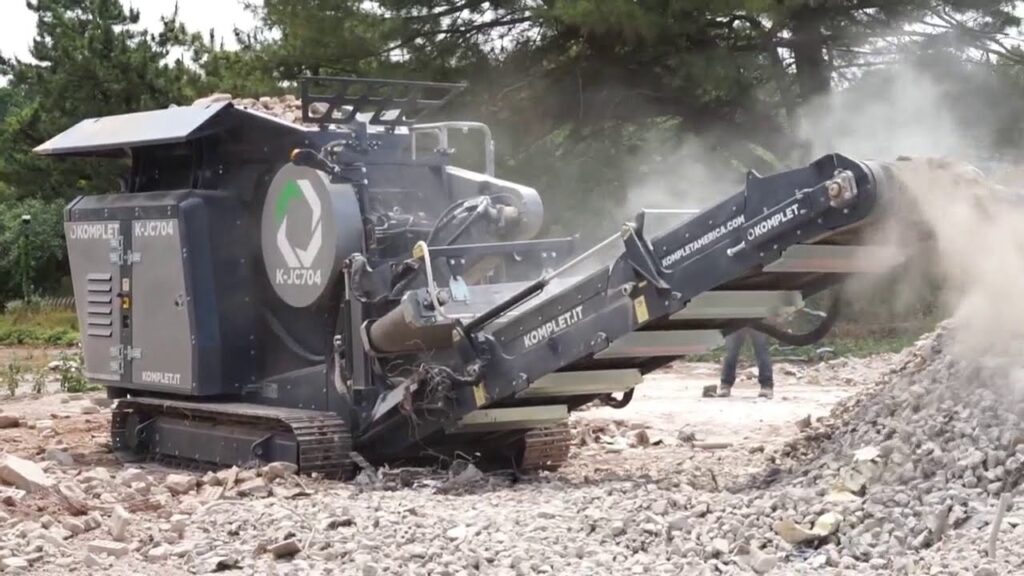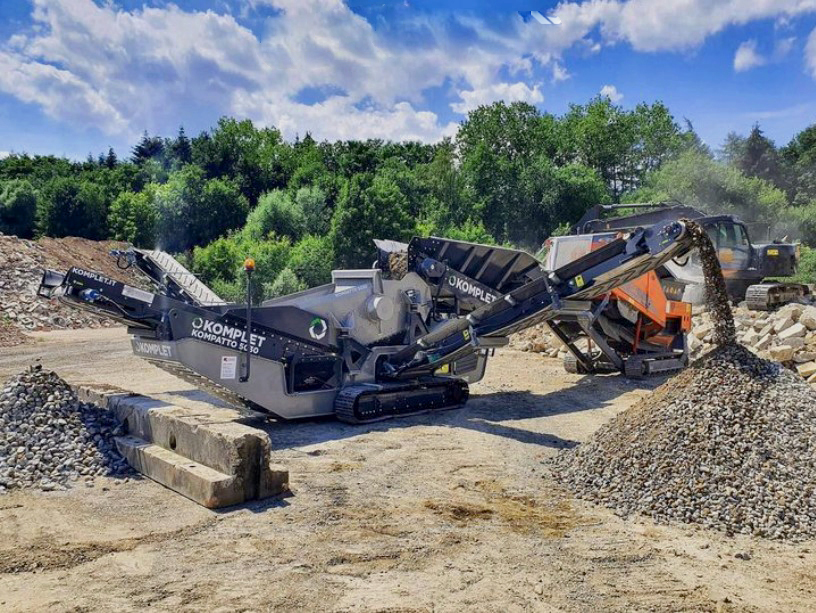Stone crushers convert large stones and rocks into smaller, more manageable materials. This transformation is fundamental for creating the raw material needed in construction. From roads to building foundations, the crushed materials are integral in various aspects of infrastructure.
A Brief History of Stone Crushing Machinery
Historically, civilizations relied on hand tools, like pickaxes, for crushing. However, with the Industrial Revolution came a demand for high-volume raw materials, leading to mechanized crushers.
The first patent for a rock crusher in the U.S. dates back to 1980, where a drop hammer was initially used. Since then, innovations have led to the development of sophisticated crushers, like jaw and impact crushers, optimized for efficiency and productivity.
Types of Stone Crushers
1. Jaw Crushers: The Traditional Choice
- Best For: Primary crushing, where large rocks are broken down.
- Mechanism: Material is placed between a fixed and a moving jaw, applying pressure until the material reduces in size.
- Pros: High reduction ratio, high productivity, and a simple structure.
- Cons: Size limitations, energy consumption, noise, and vibration.
2. Impact Crushers: For High Reduction Ratios
- Best For: Versatile crushing of materials like rock, concrete, gravel, and asphalt.
- Mechanism: High-speed rotating hammers or blow bars impact the material, breaking it into smaller pieces.
- Pros: Consistent, cubical end products and lower energy consumption.
- Cons: Requires more frequent maintenance and generates dust.
3. Cone Crushers: The Specialist’s Tool
- Best For: Crushing abrasive and hard rocks, suitable for secondary and tertiary stages.
- Mechanism: Compresses material between a rotating mantle and a concave, resulting in a cubical product shape.
- Pros: High efficiency, produces fine aggregates, and low maintenance.
- Cons: Higher initial cost, complex operation.
4. Gyratory Crushers: Tackling Tough Materials
- Best For: Handling large-sized materials in primary crushing.
- Mechanism: Uses a conical head to compress material with a wide opening for maximum input.
- Pros: Smooth operation, energy-efficient, and uniform output size.
- Cons: Expensive, requires complex operation.

Selecting the Right Stone Crusher: Key Factors
Choosing the ideal crusher depends on various factors:
- Material Assessment: Consider the hardness, abrasiveness, and size of the materials.
- Output Specifications: Determine the desired output size and the volume of material required.
- Cost Considerations: Account for the initial investment, maintenance requirements, and operating expenses.
- Project Scope: Different crushers suit different scales of operation, from small projects to large industrial uses.
Conclusion
Stone crushers are foundational to the construction and mining industries, each type providing unique benefits and suited for specific applications. With the right choice of crusher, projects can optimize material processing and overall efficiency.
As the industry advances, staying informed on evolving stone crusher technologies ensures you remain at the forefront of this critical sector.

